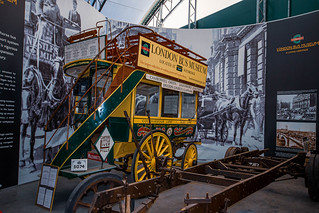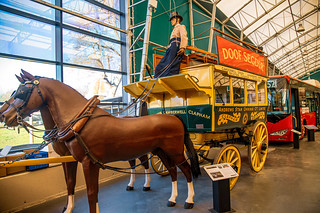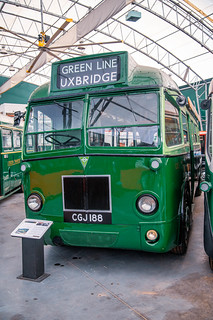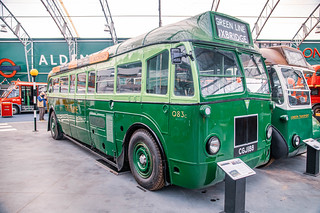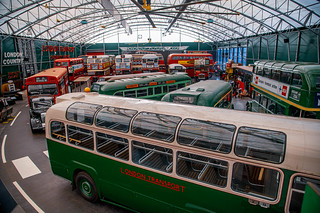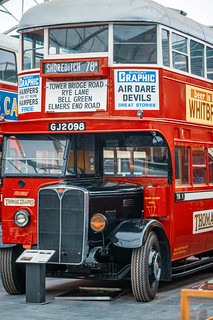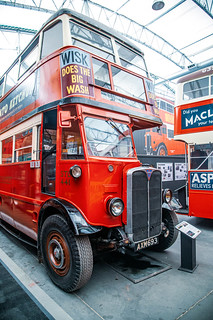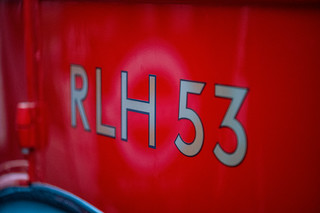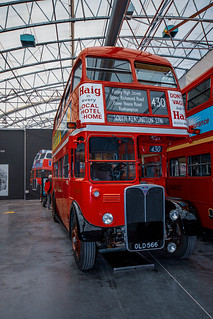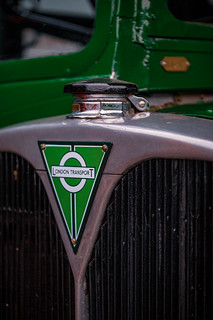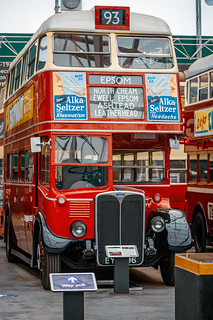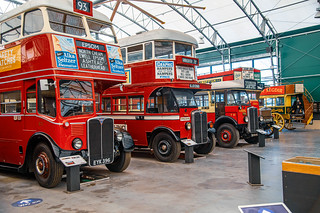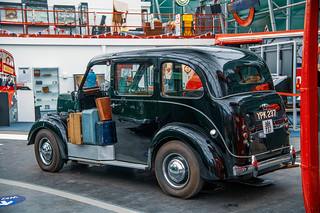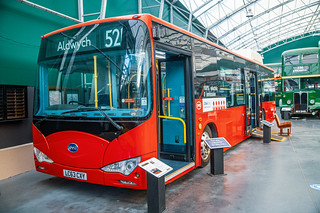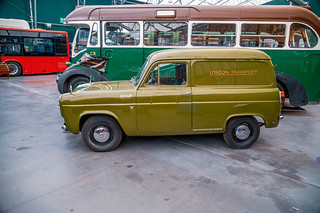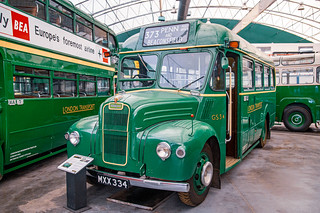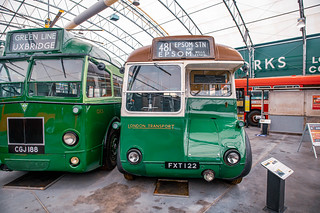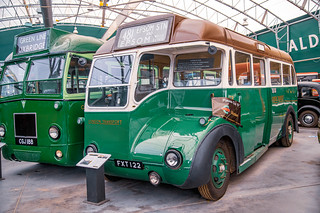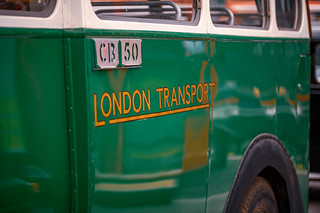The London Bus Museum traces its roots to private enthusiasts preserving retired London buses. In 1956 a group of enthusiasts acquired a 1929 AEC Regal I (fleet no. T31) – the first motorbus to be privately preserved in the UK. In 1966 these owners formally formed the London Bus Preservation Group to pool resources and safeguard London’s bus heritage. A former WWII aircraft factory in Cobham (Surrey) was purchased in 1972 as the group’s home, and the Cobham Bus Museum held its first public “Open Day” (now an annual Spring Gathering) in 1974. The organization became a registered charity in 1986 (and gained museum accreditation in 1997.
By the early 2000s the Cobham building was deteriorating and unfit for public visits. The trustees negotiated a partnership with nearby Brooklands Museum, securing a 125-year lease on a plot of land at Brooklands where a new, purpose-built bus museum could be developed. Construction began in early 2011 and the new London Bus Museum (housed in Cobham Hall on the Brooklands site) opened on 1 August 2011. Since then the museum has operated jointly with Brooklands Museum (sharing admissions) and has a permanent, modern facility to restore and display its collection.
As a charity run by the London Bus Preservation Trust (Company No. 01061762), the museum’s mission is to preserve and present London’s bus heritage. Its stated aim is “to create and maintain the most representative and authoritative collection of historic London buses” and to educate the public about their historical and technological background. Volunteers have restored the fleet to the highest standards, and the museum continuously works to interpret the collection’s engineering, social and educational significance.
References
Text generated by Microsoft CoPilot
